|
The Nativity, 1912, Sir Stanley Spencer. Joseph is off to the right, doing something to the chestnut tree.
|
There is absolutely nothing wrong with Raphael, Rubens, Tiepolo, Correggio, and the other great painters who’ve painted exquisite Nativities. But there is something arresting about the mystical nativity, where reality is somehow subsumed in spiritual fervor.
Sir Stanley Spencer painted the Nativity, top, as a student at Slade in 1912. He later explained:
The couple occupy the centre of the picture, Joseph who is to the extreme right doing something to the chestnut tree and Mary who stands by the manger… Joseph is only related to Mary in this picture by some sacramental ordinance… This relationship has always interested me and in those early works I contemplated a lot of those unbearable relationships between men and women.
The embracing couple represents physical love in contrast to Mary and Joseph’s spiritual connection. That goes with Spencer’s amazingly messed-up attitudes toward women and sex. Spencer’s strict separation between the spiritual and the physical is the neo-Platonic trap into which many of the mystic painters fall. The whole point of the Incarnation is that God becomes man, sharing our joys, sorrows, and, yes, the messy realities of our births and deaths.
Giotto is generally considered the first Renaissance painter, but he was firmly in touch with his medieval self. That gave him a leg up for mysticism. The pre-Renaissance world was able to see in a non-literal way that is almost completely lost to us. This allows the infant John the Baptist to sit at the bottom of the frame while Jesus is being born, and the almost-disembodied angels that arch across the top of the painting like a Byzantine architrave.
 |
| The Nativity, 1492, Domenico Ghirlandaio. You have to zoom in to see her laser-beam prayer. What is it with poor Joseph? Asleep again. |
Domenico Ghirlandaio painted the Virgin Mary sending laser beams of prayer down to the infant Jesus while a heavenly choir sings above. The columns and one-point perspective point us that much farther along the Renaissance. All that gold leaf you’re seeing in the Italian paintings of this time is supposed to remind you of the untarnished nature of the story.
Sandro Botticelli described the Nativity as the moment when heaven and earth touch. He was painting at the apogee of the Italian Renaissance, which accounts for the more concrete nature of his visionary angels—he couldn’t throttle back on the realism like Giotto or Ghirlandaio . In his later years, Botticelli fell under the influence of a fanatical Florentine preacher, Savonarola. There is something almost manic in the earthly action in this painting that points to the spiritual oppression of the time.
 |
|
The Virgin and Child with Canon van der Paele, 1434-36, Jan van Eyck. Joseph doesn’t even show up for this one.
|
By the fifteenth century, the idea of the Virgin Mary as intercessor for the sinful had gained traction. Jan van Eyck’s The Madonna with Canon van der Paele shows the donor beseeching the Virgin Mary and Sts. Donatian and George. The intense realism and the fine architectural drawing contrast with the unreality of these four figures sharing a common space.
 |
| The Nativity, c. 1810, William Blake. At least Joseph is actually present. |
William Blake painted the above panel, on copper, concurrently with his Europe, a Prophecy, from which comes his wonderful Ancient of Days painting. At about the same time, he also painted a series of watercolors illustrating Milton’s “On the Morning of Christ’s Nativity”:
It was the winter wild,
While the Heav’n-born child,
All meanly wrapt in the rude manger lies…
While the Heav’n-born child,
All meanly wrapt in the rude manger lies…
But Blake, as usual, strayed off into his neo-Platonic world-view. Here the soul of Jesus leaps fully formed toward the soul of John the Baptist. No encumbrances such as the messy reality of childbirth or our imprisonment in our fleshly bodies gets in the way.
Let me know if you’re interested in painting with me in Maine in 2014 or Rochester at any time. Click here for more information on my Maine workshops!


.jpg!Large.jpg)

_-_WGA03385.jpg)

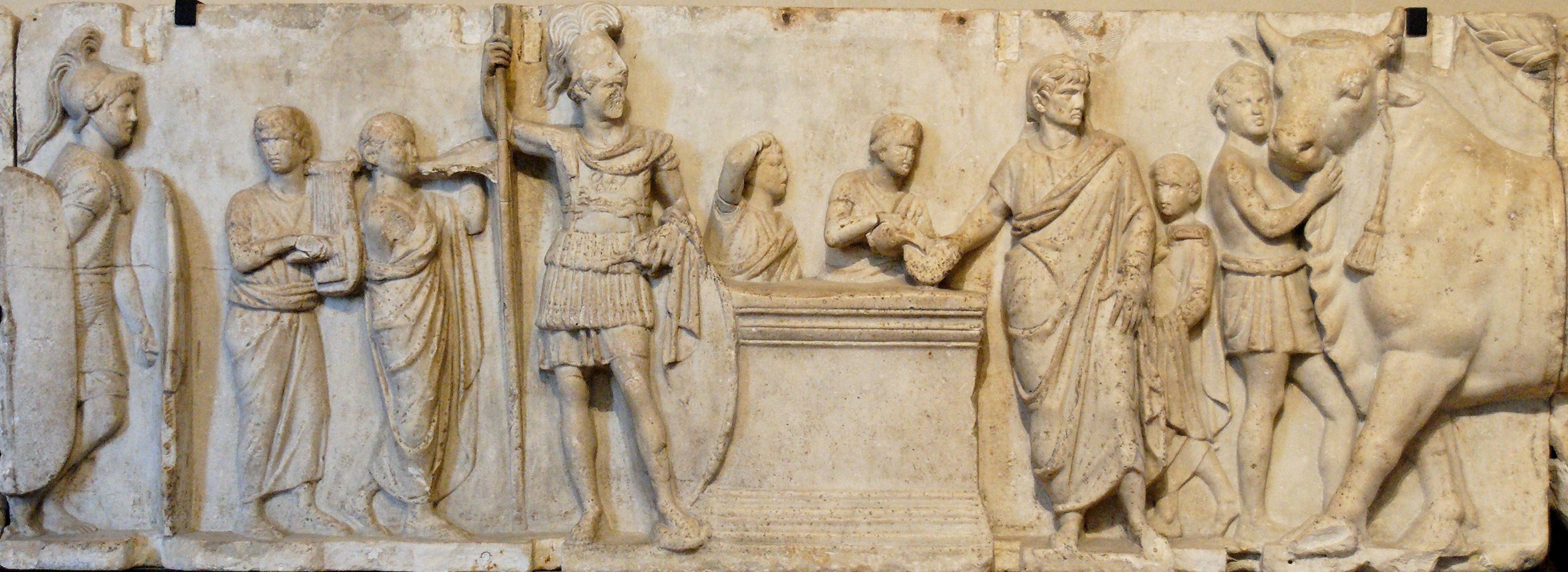
_-_WGA03384.jpg)
_-_WGA03381.jpg)









.jpg)









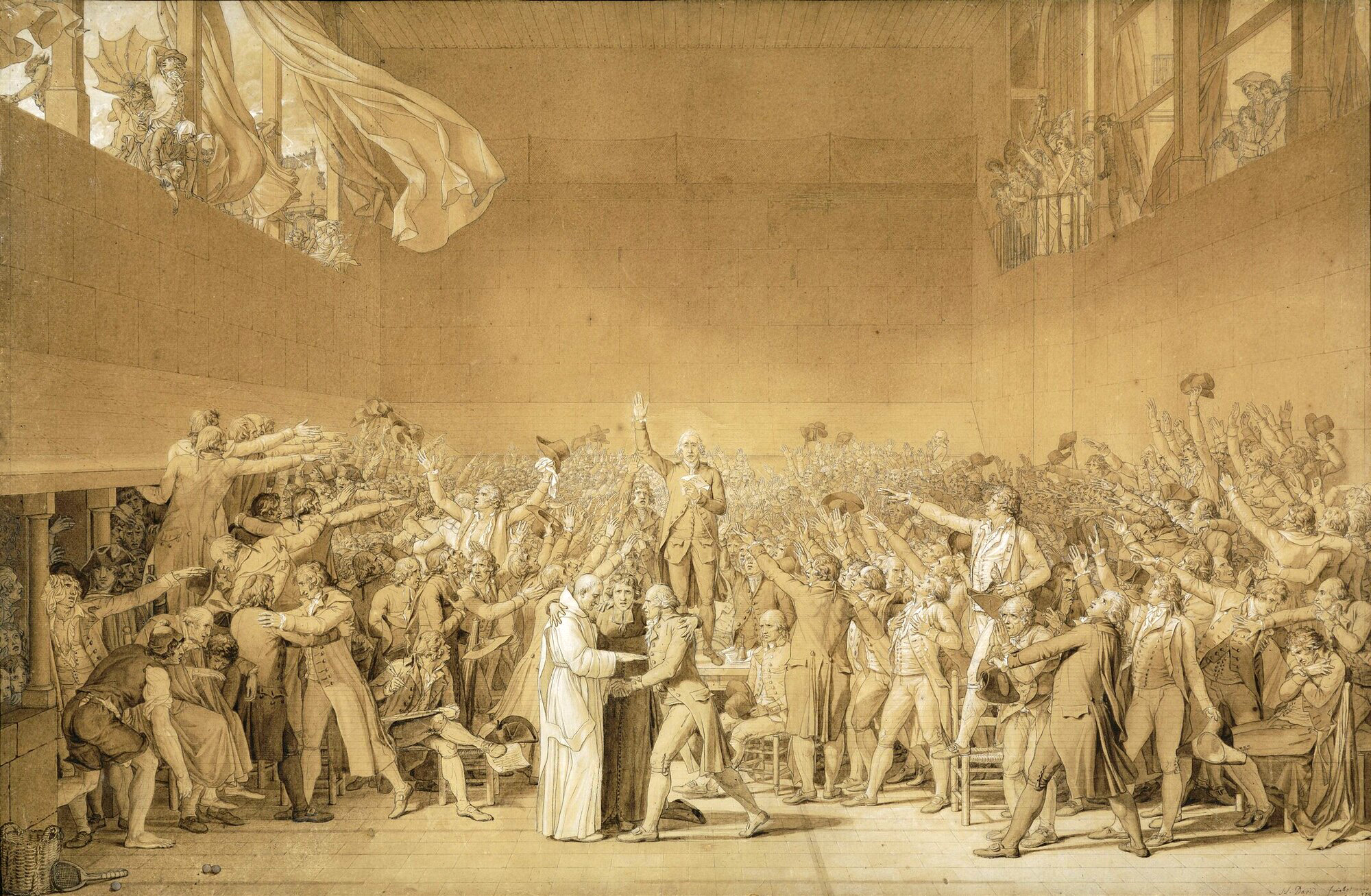



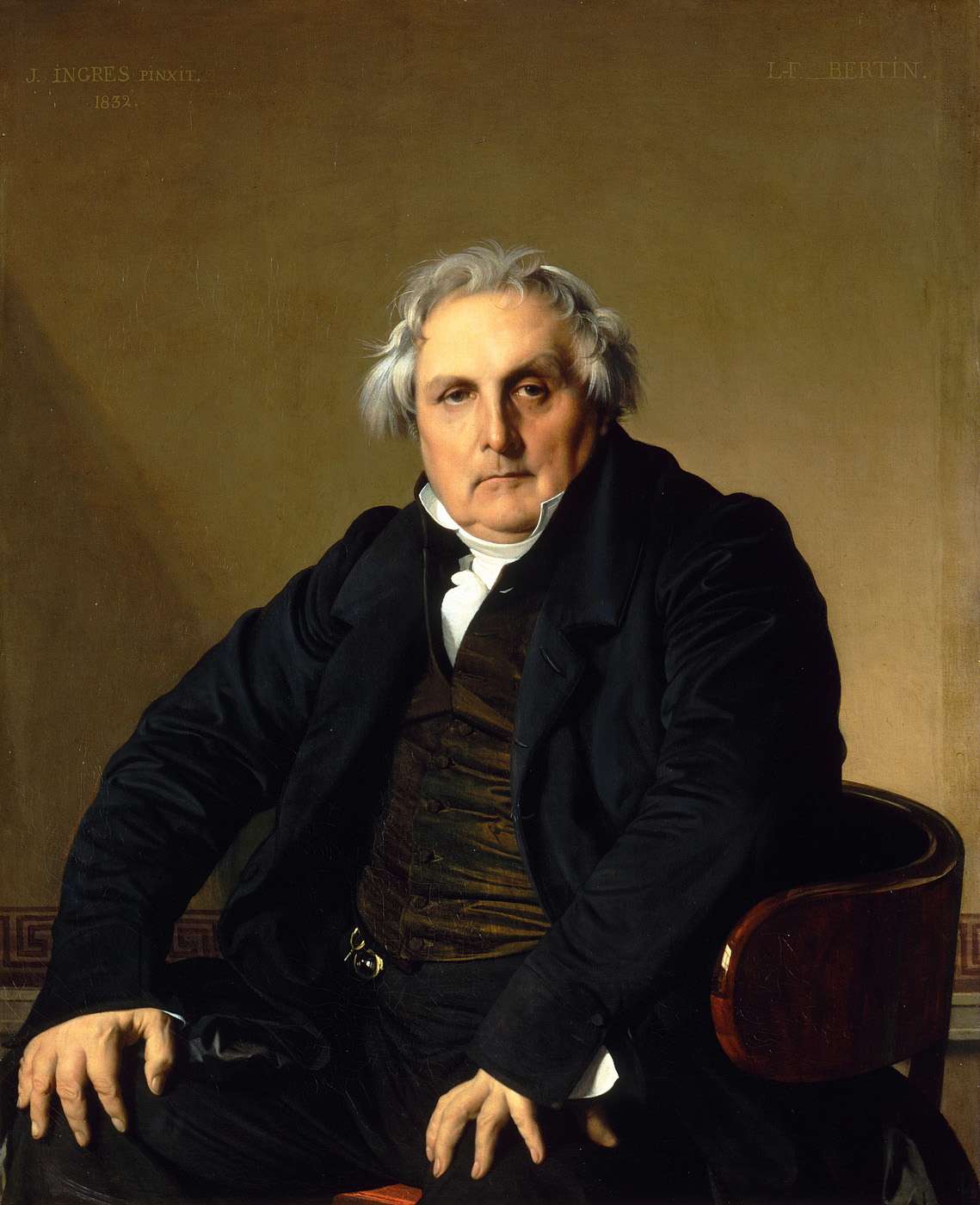









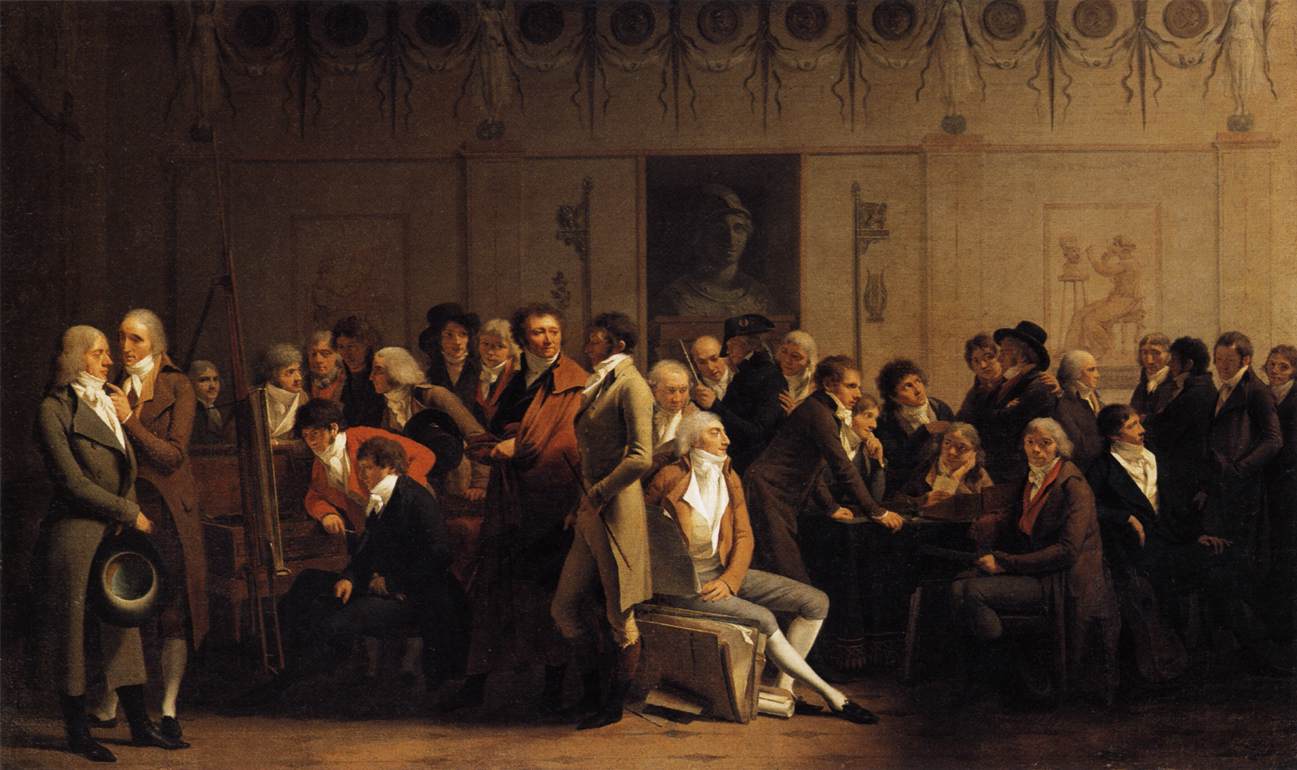


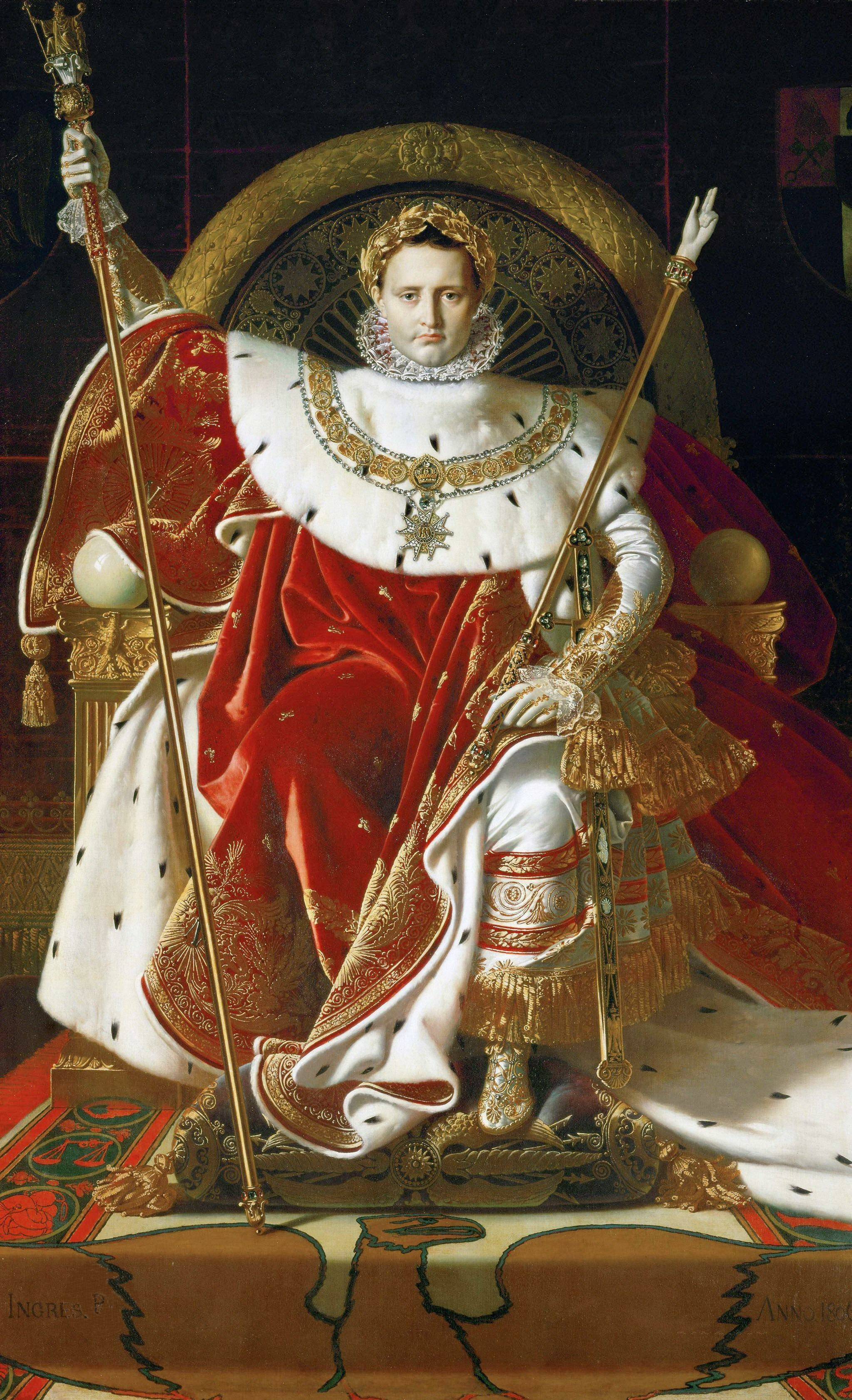
.jpg)